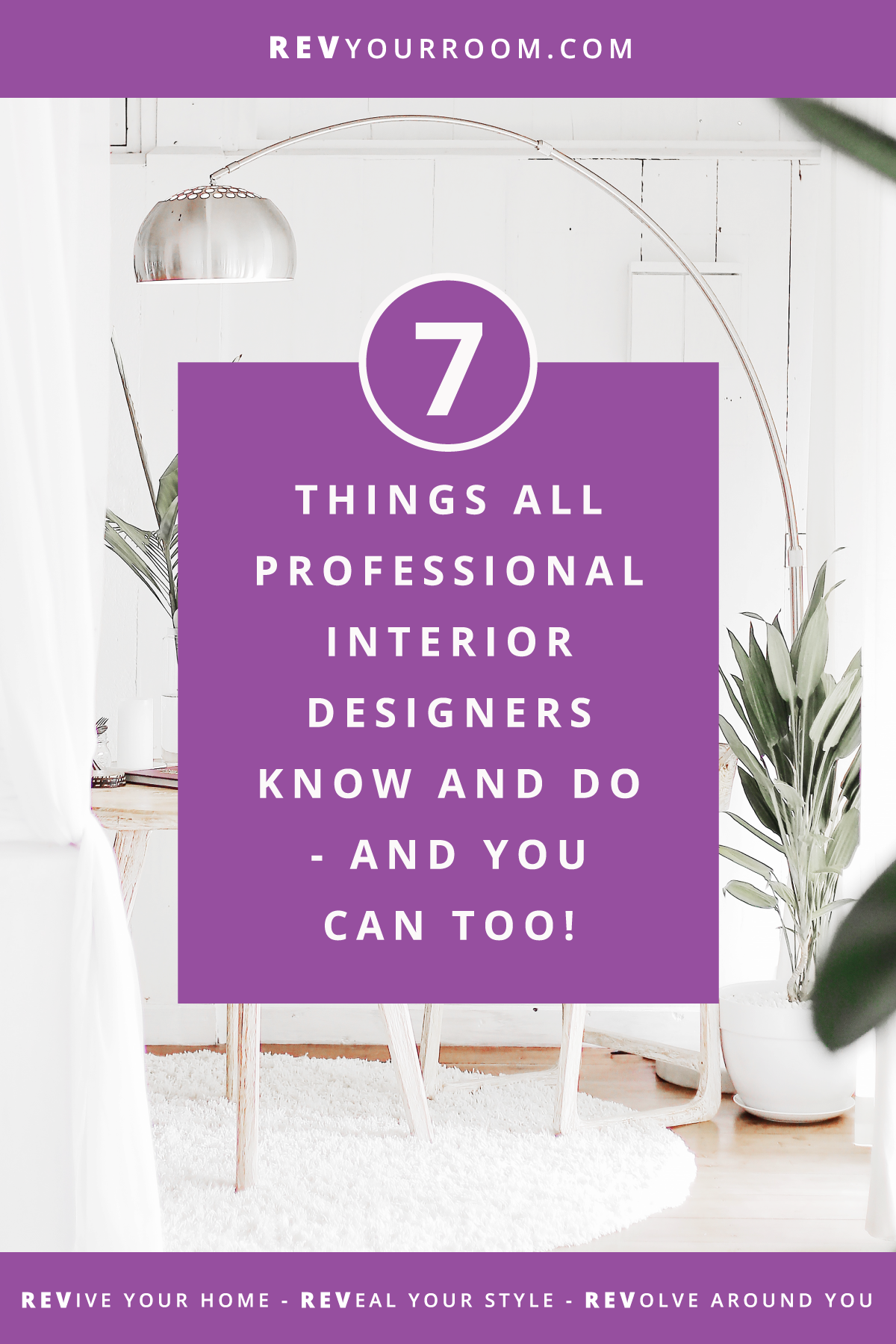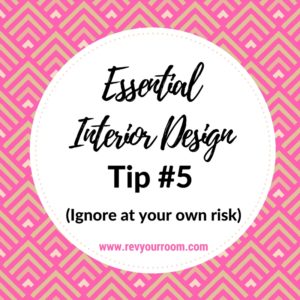 Let me guess, you’re frustrated with the way your home looks, feels, and functions? Do you feel completely overwhelmed with all of your choices and don’t even know where to start?
Let me guess, you’re frustrated with the way your home looks, feels, and functions? Do you feel completely overwhelmed with all of your choices and don’t even know where to start?
You think, “It shouldn’t be so hard to make these design decisions!”
Let me assure you, you’re not alone! And it really IS that hard! In this fast-paced world of limited time and instant access to EVERYTHING, it is becoming harder and harder to make any kind of decisions. Especially ones that require a bigger commitment of time and money, like REVamping your home!
There are WAY TOO MANY OPTIONS and you are on INSPIRATION OVERLOAD.
You may not want to hire a professional designer, but do you ever find yourself wishing that you knew WHAT they knew, or HOW they’d go about making those decisions?
Well speaking as a professional interior designer, I can tell you exactly how we do it! And the good news is – you can do it too!
So let’s dive right in to the 7 Things ALL Professional Interior Designers Know and Do…
#1: We know the difference between Interior Design and Decorating.
Interior Design is a PROCESS and Decorating is the LAST part of that process!
It encompasses ALL of the decisions that need to be made BEFORE you can get to the DECORATING.
Interior Design is a professional, 6-Phase, God-inspired process. It’s the FOUNDATION for all successful design projects, no matter how big or small!
So even if you’re just wanting to “re-decorate,” refresh, or spruce things up – you still need the design PROCESS.
#2: We DESIGN first – SHOP last!
Just like decorating, shopping is definitely part of the design PROCESS, but it comes much later.
When you start with shopping (even if it’s just to find inspiration and get motivated) without having a well thought-out plan, you’re pretty much guaranteeing the overwhelm and overload!
So please, I beg you – NEVER go shopping first!
Now that you know about the PROCESS and that shopping and decorating are always LAST in that process, let’s talk about what comes FIRST…
#3: We start with a concept.
The very FIRST thing you need is a CONCEPT!
A design CONCEPT is NOT a theme. A theme is external, describing an event. Like a prom or party theme.
Your CONCEPT is internal. It’s personal. It’s describing – YOU!
When it comes to designing your home, your CONCEPT is your STYLE!
Your own unique, personal STYLE consisting of 3 words. These 3 words are your number one tool to help you make DESIGN decisions!
*If you want help finding your 3-word STYLE, then you’re in luck! I’ve created a FUN, FREE way to do just that using Pinterest. Click HERE to get Part 1 of 3 instructions sent straight to your email and start putting those pins to work!
#4: We start with a to-scale Floor Plan.
The second, but just as important tool that you need to have is a FLOOR PLAN of your room.
First you need to grab your tape measure and write down the MEASUREMENTS of your room.
Then you’ll use those measurements to draw your room “to-scale,” meaning all the parts of your room are drawn at the right size in relation to each other. It’s pretty easy to do yourself using graph paper and/or an architectural scale ruler, or you can hire someone if you don’t have time. (Note: if you’re only designing something on a wall, like a gallery wall, or window treatments, you might not need a floor plan, but you WILL need a to-scale Wall Elevation drawing).
Once you have your STYLE and your FLOOR PLAN, you’ve completed the hardest parts of the process! So what comes next?…
#5: We always work it out on paper first.
If you want to save yourself time, money, and frustration, work it out on paper first!
Things you need to have on paper:
- Your 3-word STYLE written down
- Your to-scale FLOOR PLAN (and any other necessary drawings)
- Lists for EVERYTHING!
#6: We know the BUDGET and how to stick to it.
Your BUDGET, like your STYLE and FLOOR PLAN, is another essential tool when it comes to making DESIGN decisions.
When you know how much you have to spend, and know how much something costs, then you can easily start to narrow down your choices.
Although it may seem counter-intuitive, having a BUDGET actually increases your creativity! If something you want is going to bust your budget, then you need to come up with an alternative solution.
A budget practically forces you to get CREATIVE!
#7: We know how to use the most important Design Principle – BALANCE!
Don’t get me wrong, we understand ALL of the Elements and Principles of Design! They’re super important and necessary, but…
If I had to pick just one Design Principle to master, it would hands-down be BALANCE.
If you’ve followed all of the Phases and Steps in the design PROCESS, but you’re still struggling to pull your room together and make it all work, I can pretty much guarantee that you have a problem with BALANCE!
Now that you know these 7 things…
I hope you’re starting to see that they are your BEST BET to avoid overwhelm, enjoy the process, and successfully finish your room; all without breaking the bank or wasting your time!
However, I totally understand if at this point these 7 Things are adding to your design anxiety and feelings of OVERWHELM!
You might be asking yourself:
- WHAT exactly is this mysterious 6-phase process? And WHY is it SO important?
- HOW do I find my 3-word Style, or draw a to-scale Floor Plan?
- HOW can I make a budget and stick to it when I don’t even know how much stuff costs?
- WHY would balance be more important than the other Principles of Design? HOW do I even know if my room is balanced?
The good news is that these “7 Things” actually lead to the 7 must-have tools that will help you solve all of your design dilemmas in…
RyR’s Interior Design Toolkit:
REV Any Room in Your Home Using These 7 Must-Have Tools!
So if you want to start making design decisions like PRO and get answers to your WHAT’s, WHY’s, and HOW’s – CLICK HERE to download for FREE. Can’t wait to see ya there!
Until then…Stay REVved!
Kim









